|
Watch how to get more protein in the diet here or continue reading The Role of Protein in weight loss and muscle building Protein's impact on weight loss and muscle building is multifaceted and awe-inspiring. Firstly, it has a higher thermic effect of food, meaning it requires more energy to digest, metabolize, and utilize compared to fats and carbohydrates. As a result, consuming protein-rich foods boosts your metabolism, leading to increased calorie burn and aiding in weight loss. Moreover, protein has the remarkable ability to promote satiety, keeping you feeling fuller for longer and curbing those pesky cravings. By including adequate protein in your meals and snacks, you can maintain stable blood sugar levels, prevent overeating, and stay on track with your weight loss goals. But the benefits of protein extend far beyond shedding pounds. When it comes to muscle building, protein is the ultimate ally. During resistance training or any form of exercise, our muscles experience micro-tears that need repair and recovery. Protein provides the necessary amino acids to rebuild and strengthen these muscles, leading to enhanced muscle growth, definition, and strength. By incorporating protein into your diet, you provide your muscles with the essential nutrients they need to thrive and develop, maximizing the results of your workouts. Now, let's explore some practical tips to help you increase your protein intake: Watch how to choose protein enriched food here Prioritize Protein-Rich Foods: One of the simplest ways to increase protein intake is by focusing on protein-rich foods. Include lean meats such as chicken, turkey, and fish in your meals. Plant-based options like beans, lentils, tofu, tempeh, and edamame are excellent sources of protein for vegetarians and vegans. Dairy products like Greek yogurt, cottage cheese, and whey protein can also provide a substantial protein boost. Watch how to choose high protein snacks here  Opt for High-Protein Snacks: Snacking presents an excellent opportunity to incorporate more protein into your diet. Instead of reaching for sugary or processed snacks, choose protein-rich options like nuts, seeds, hard-boiled eggs, or protein bars. Greek yogurt with berries, hummus with carrot sticks, or a handful of almonds can provide a satisfying protein-packed snack. Watch Experiment with protein rich grains and seeds here 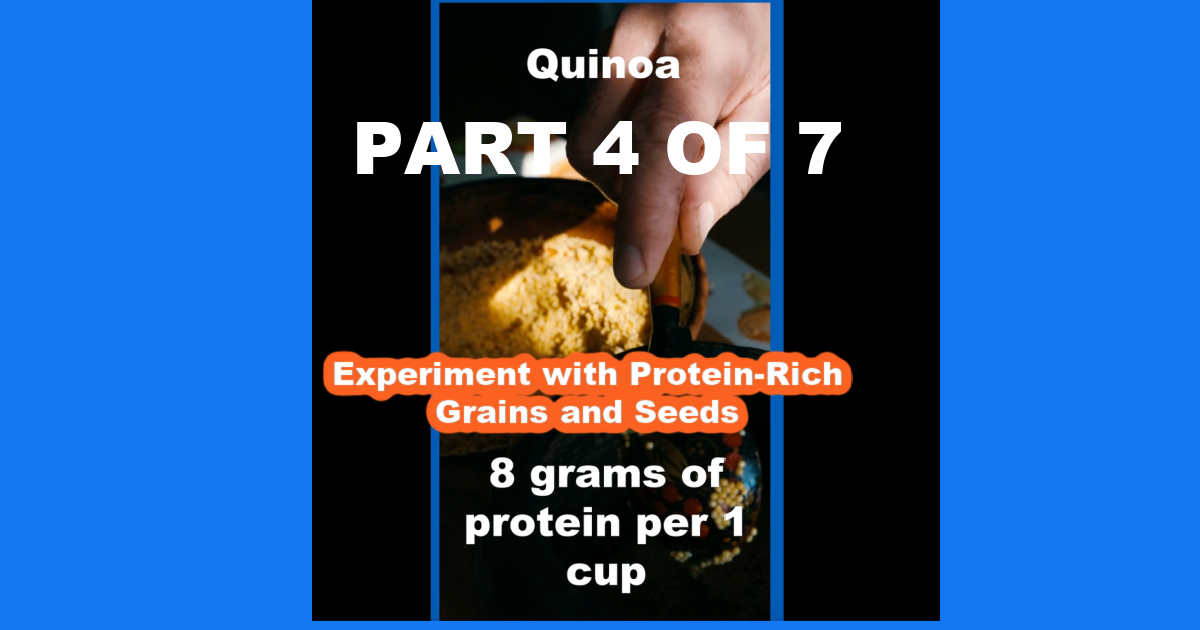 Experiment with Protein-Rich Grains and Seeds: Grains and seeds can be an unexpected source of protein. Quinoa, amaranth, buckwheat, and chia seeds are excellent examples. These versatile ingredients can be incorporated into salads, side dishes, or used as a base for delicious grain bowls. Adding seeds to your breakfast cereal or sprinkling them over salads can also provide an extra protein punch. Watch how to use protein supplements here 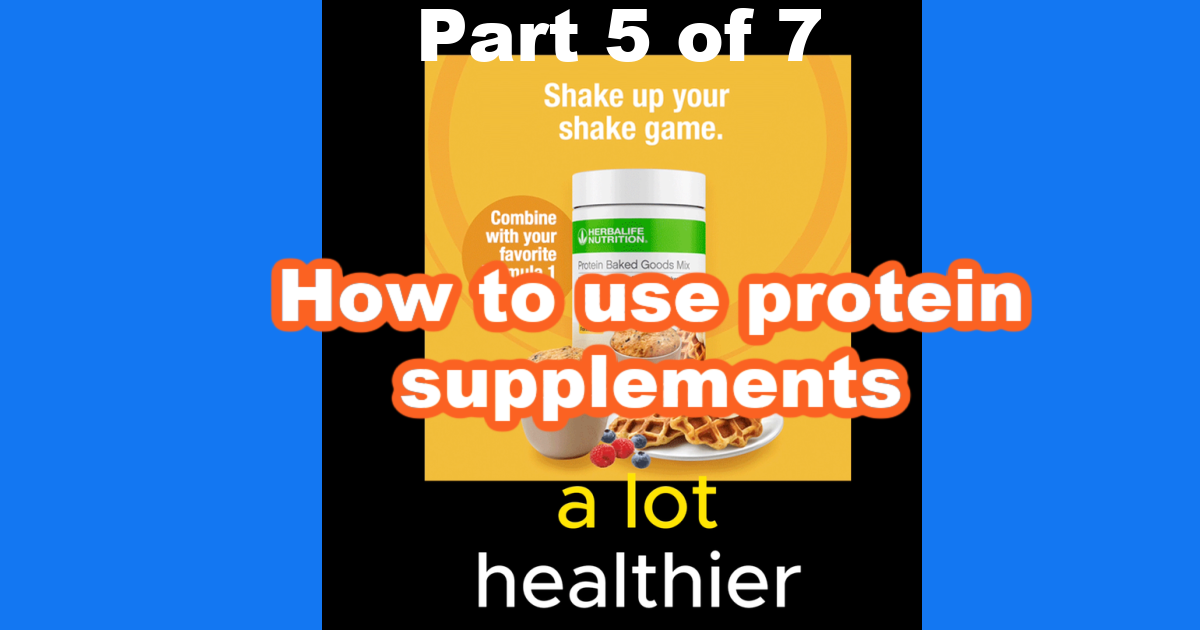 Incorporate Protein Supplements: Protein supplements can be a convenient and efficient way to meet your protein goals, especially for those with busy lifestyles. Whey protein, casein protein, and plant-based protein powders are readily available in the market. They can be easily added to smoothies, shakes, or even used to fortify recipes such as pancakes or baked goods. Watch how to get protein in every meal here 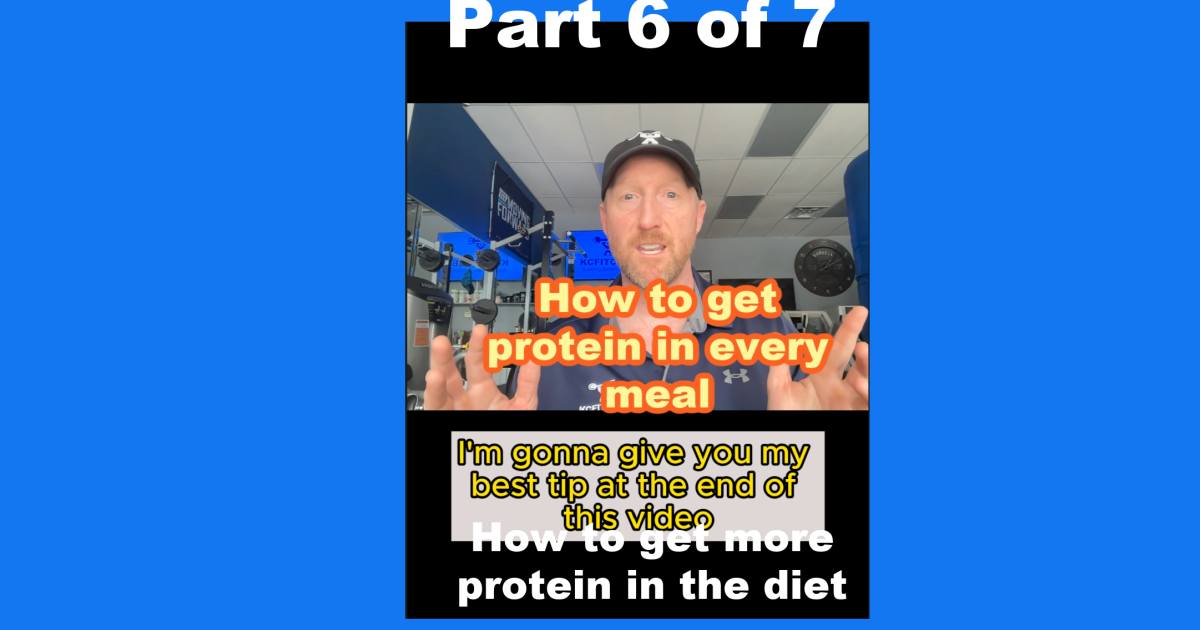 Plan Balanced Meals: Being mindful of your meals and planning them in advance can help ensure that you meet your protein requirements. Aim to include a source of protein in each meal. For instance, incorporate grilled chicken breast, salmon, or tofu into your lunch and dinner recipes. Add hard-boiled eggs or cottage cheese to your breakfast, and include a variety of protein-rich ingredients in your salads or stir-fries. Watch how to make smart drink choices here 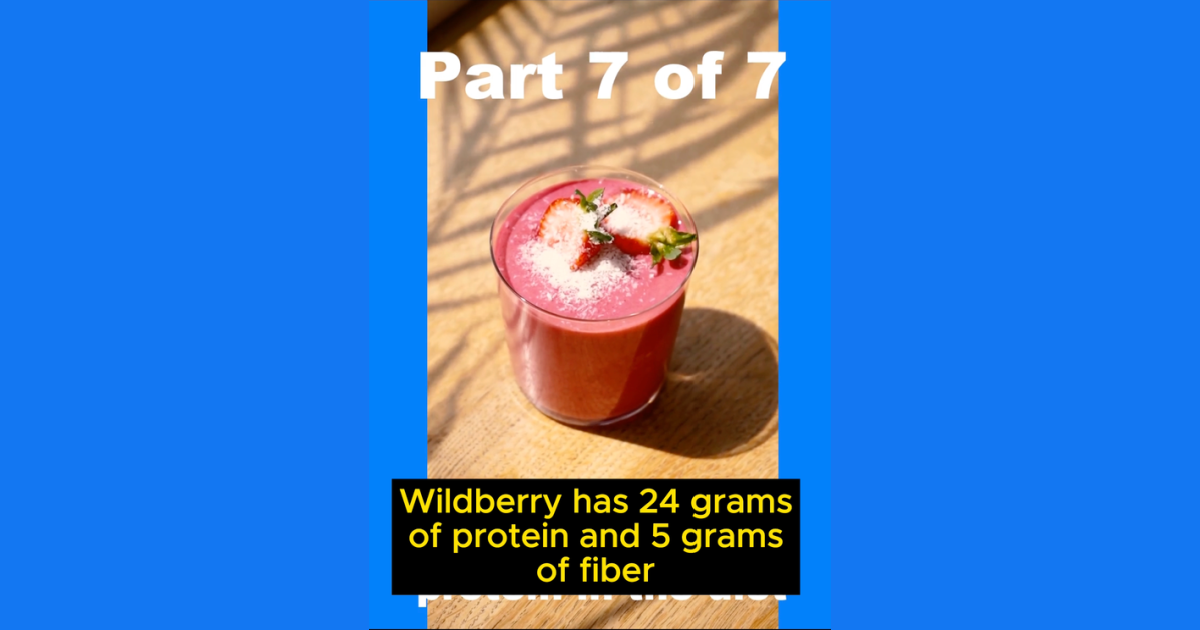 Make Smart Beverage Choices: Beverages can contribute more protein to your diet than you might think. Milk, whether dairy or plant-based, contains a fair amount of protein. Opt for unsweetened almond milk, soy milk, or skim milk as a refreshing protein-rich drink. Additionally, consider drinking protein shakes or smoothies made with protein powder for an on-the-go protein boost. Conclusion:
Increasing your protein intake doesn't have to be complicated. By incorporating these simple strategies into your daily routine, you can ensure that you're getting the right amount of protein for your body's needs. Remember to choose a variety of protein sources to provide a range of essential amino acids. With a balanced and protein-rich diet, you'll be well on your way to supporting your health, fitness, and overall well-being.
0 Comments
|
AuthorChad Derowitsch, MBA Archives
April 2024
Categories
All
|

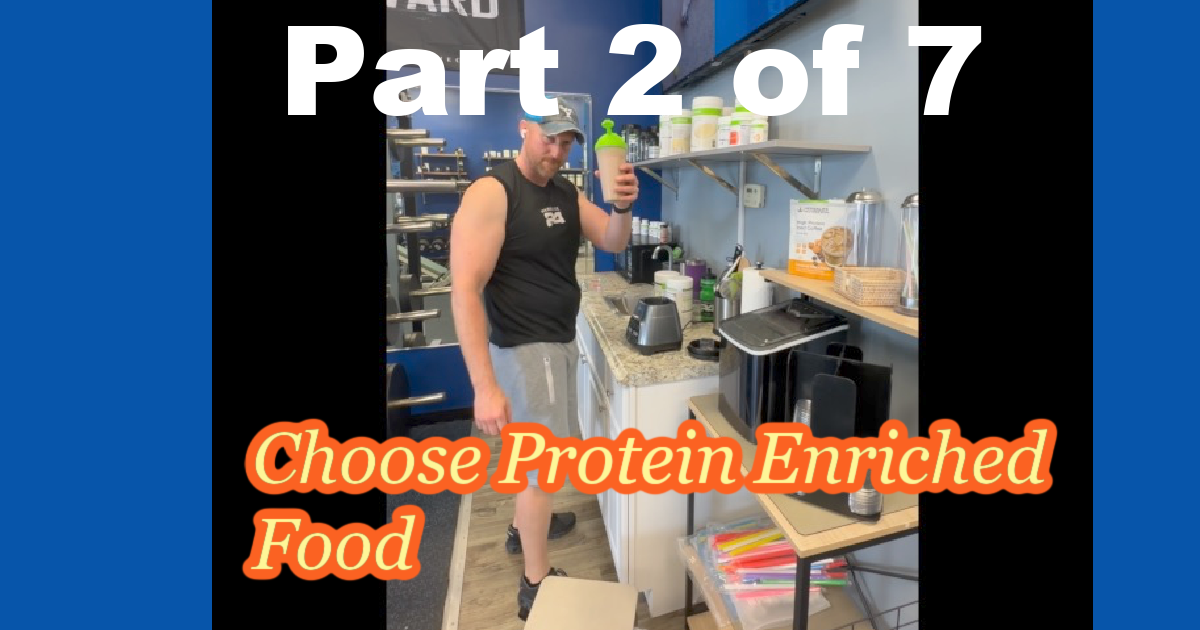

 RSS Feed
RSS Feed

